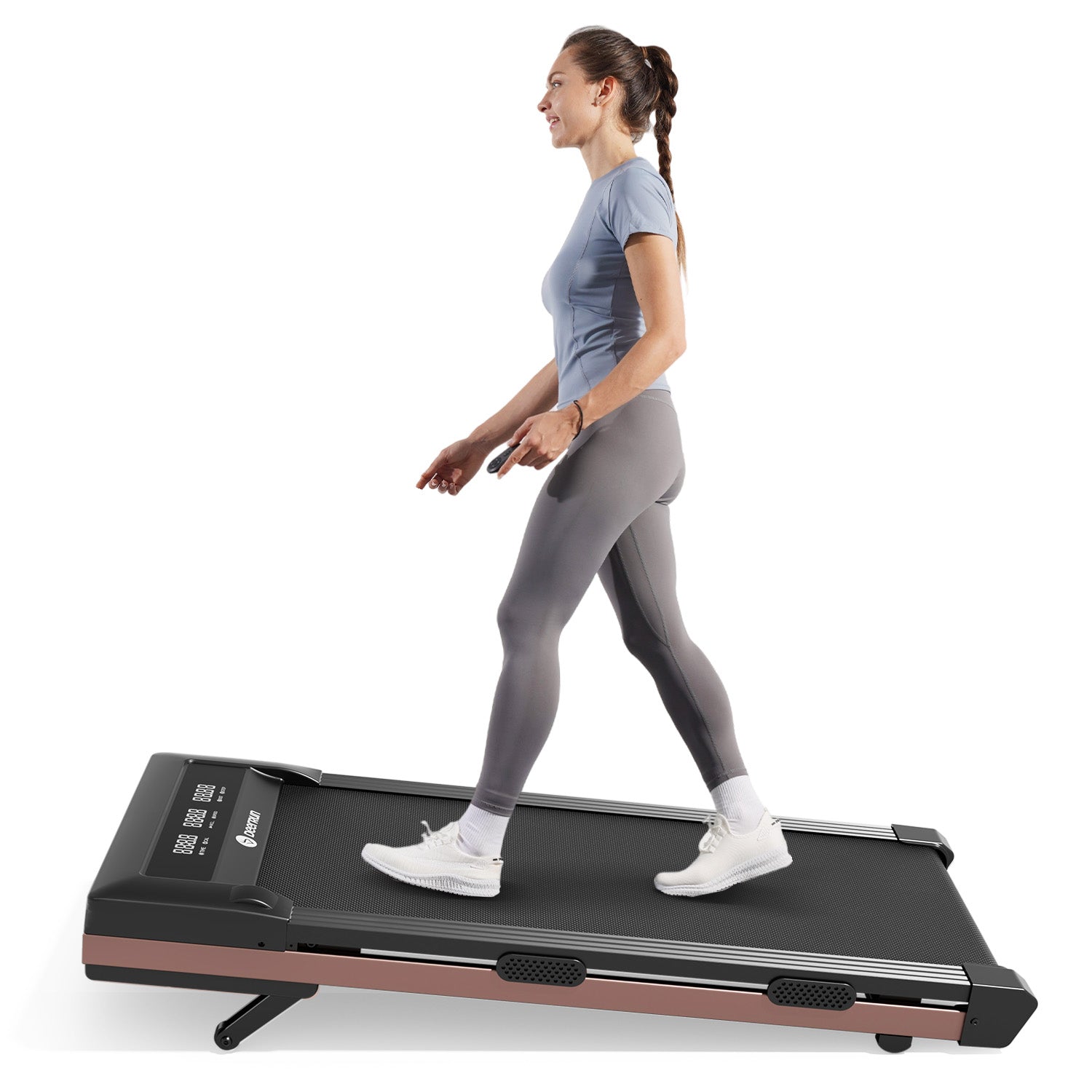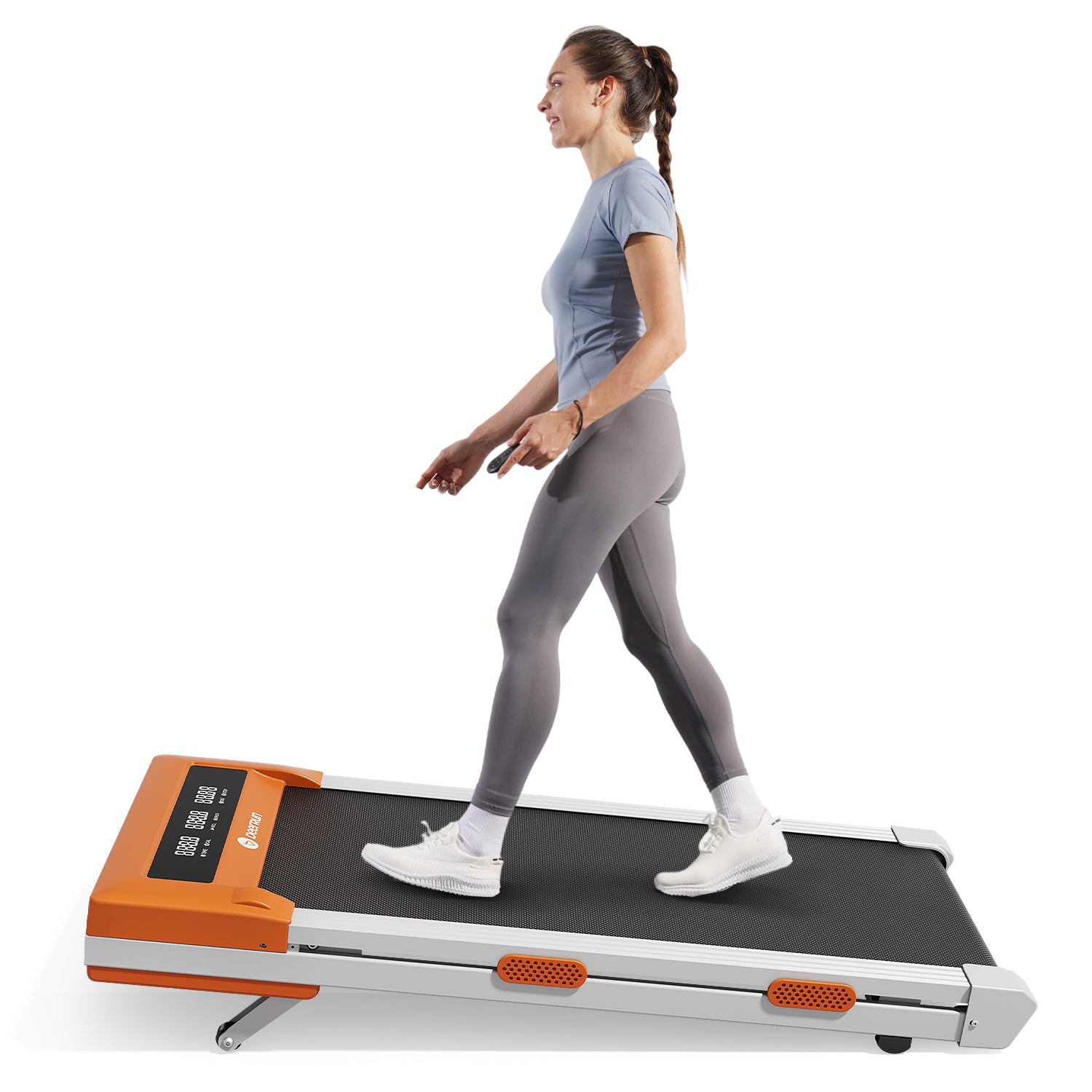Nowadays, the pace of modern society is fast and compact, and people are increasingly aware of the importance of health while chasing their dreams. Compared with the past, the way of leisure after work has also changed drastically. In this era of increasing health awareness, running has become a favorite exercise for many people.
When the weather is sunny, people will run outdoors.
However, even if the weather is bad, the advancement of modern technology has not stopped people's determination to pursue health. The indoor treadmill has become a good companion for those who do not want to be restricted by the weather.
To the average person, running is really all about the legs, when in reality it is a full-body exercise. What muscles does running work? There are five major muscle groups that are commonly used when running - quadriceps, hamstrings, glutes, hip flexors, and the posterior calf muscle groups.
different force-generating muscle groups at different running stages
Stage 1: When your foot just touches the ground.
This phase relies mainly on the front side of the calf to generate power and cushion the impact of the ground.
It is responsible for elevating the ball of our foot before stepping on the ground so that there is ample time to cushion the ground impact. If there is no strength in this muscle on the front of the calf, the tibialis anterior, then the impact for the sole of the foot and knee will be high.

Stage 2: The period before the foot moves from the front of the body to the ground.
At this stage, it relies on the posterior calf muscles, which play a role in maintaining your running form.
Specifically, it is divided into the following three main motor function subdivisions:
- The superficial gastrocnemius muscle serves a motor function.
- The deeper flounder muscle serves a stabilizing function.
- The deeper tibialis posterior muscle, the flexor digitorum longus, helps the foot to push down on the ground during the "pedal on the ground".
During this stage, calf muscles have to withstand more than 2.5 times the weight of the load, which is the reason why many people's calves tend to be sore after running.

Stage 3: pedal on the ground
The focus of this phase is to get the hips firing.
Two key issues are important:
- Pelvic stability: through the joint power of the abdominal and gluteal muscles;
- The power of the thrusting stirrups: through the joint power of the glutes and the hamstrings on the back of the thigh.
Abdominals: In terms of combination, the abdominal muscles control the movements of the pelvis and spine from the direction of the three horizontal planes. However, during running, the main function of the abdominals is to avoid excess movement of the trunk during the swing of the arms and legs and to keep the core area stable.
Gluteus Maximus: As an important connection in the body, it must balance stability and flexibility. The gluteus maximus plays a role similar to that of an "engine", helping to stabilize the entire lower body during running, while also influencing other muscle groups.
Hamstrings: The muscles at the back of the thigh, whose main function is to flex the knee and extend the hip. It is also responsible for maintaining knee stability, and in particular, is an important kinetic stabilizing structure that prevents excessive anterior misalignment of the tibia.
Why is it that most people can't develop power in their stirrups? Most of the time it's because of the lack of coordination between the abdominal, gluteal, and hamstring muscles. The pelvis, like the shoulder joint, is stabilized by multiple muscles working together, and the process is more complex because you are trying to do two things at once.
In addition, there is the power of the muscles around the ankles and feet: they provide the body with a stable base and ensure flexibility during movement. The ankles and feet are capable of carrying weight as well as exerting force, and they are also able to adapt to different terrains for running.
Often overlooked, the ankle muscles are the first line of defense, taking the impact of each step and acting as a cushion. Marathon enthusiast Dr. Iwona Sulowska has said, "The foot muscles play a key role in supporting the medial longitudinal arch, providing foot stability and flexibility during cushioning."

Stage 4: before hitting the ground
This requires the thigh muscles to control the cushioning, and the muscles on the front and back of the thigh to coordinate their efforts.
The front side of the thigh: the most commonly used muscle in running - "quadriceps". As the largest muscle group in the human body, it consists of four muscles, namely the rectus femoris, intermediate femoris, lateral femoris, and medial femoris. Strong quadriceps can make our legs more explosive. It can be noticed that sprint track runners tend to have very well-developed quadriceps.
Back of the thigh: Hamstrings, a muscle that is easily strained during running. As our knees do repetitive extensions during running, the hamstrings do the opposite of the quadriceps to slow down the extension of the knee and protect it.
Our bodies actually have over 640 skeletal muscles, and most of them, especially the respiratory and core groups, are also responsible for functioning during running.
other working muscle groups
Respiratory Muscles
During running, the body enters a state of high-speed metabolism, causing oxygen consumption to increase rapidly, and shallow chest breathing is no longer able to provide the level of oxygen needed by the body. Therefore, sometimes runners need deeper and more powerful belly breathing.
The diaphragm, pelvic floor, and transverse abdominal muscles are all involved in breathing. These deep muscles maintain abdominal pressure while also driving the surrounding core muscles to fire, which plays an important role in maintaining core stability. Therefore, proper breathing also strengthens the core and allows runners to run better.

Core Muscles
The pelvis and spine are called the core area of the body. The core is the group of muscles located in the front and back of the abdomen that surrounds the torso and protects the spine and ensures the body's balance and stability.
In our running, the ability to move effectively in place requires ensuring that the pelvis is stabilized and the spine is aligned.
Core Area Of The Front Of The Body:
The abdominal muscles keep the core area of the body stable, the pectoral muscles provide assistance, and the shoulders and arms, although not part of the core, provide balance for leg movements and control speed when running.
Low Back:
A strong back is a key factor when it comes to having a proper running posture. The erector spinae are the deep muscles that control the spine to protect its stability. The large back muscles, the latissimus dorsi, on the other hand, are superficial muscles that ensure full stabilization from the shoulders to the core area.
Overall, they primarily maintain good body posture while running while protecting the spine.
Thoracic Spine:
Running requires full stretching of the thoracic spine (i.e. your upper body) and proper rotational movements. Due to faulty posture, many runners feel tension in the muscles near the thorax, which can easily interfere with breathing.
Train Below Muscle Group
Upper Limb Muscles:
The upper limbs can play a role in keeping the body balanced and coordinated as well as aiding the body. Exercise practice has shown that increased strength in the upper extremities can result in no soreness in the arms after a long run. Upper limb muscle groups also play an important role in the swing of the arms.
Common upper body exercises include rope side plank exercises, dumbbell side plank exercises, standing shoulder press exercises, rope triceps extensions, and more.

Hips:
The glutes are the bridge between the upper and lower body. Strong glutes provide strong support for the lower extremities and also reduce the impact on the lower back. The gluteus maximus doesn't move as often when running, so it's more important to do targeted strengthening exercises outside of running.
Lunge stretches and deep squats are two daily exercises for the gluteus maximus.
Ankle muscles:
When competing in a marathon, where course conditions are variable, foot and ankle strength is even more important. Regardless of the shape of the runner's feet, whether high arches or flat feet, training the muscles of the feet can effectively improve stability, allowing runners to run faster while also reducing injuries.
Ways to train ankle strength: standing on one foot, jumping rope, heel lifts, running barefoot on the treadmill, elastic band training.

Conclusion
In a sense, a runner's fitness level determines the production of muscular energy, while the elastic capacity of the soft tissues will determine whether a runner can adopt the most effective running style.
Whether you're a keen runner and want to keep breaking personal records, or you simply want to run to strengthen your body, it's vital to include muscle strength training in your daily training program.
So stop simply piling on the runs and work on your muscle strength too.





























Leave a comment
All comments are moderated before being published.
This site is protected by hCaptcha and the hCaptcha Privacy Policy and Terms of Service apply.